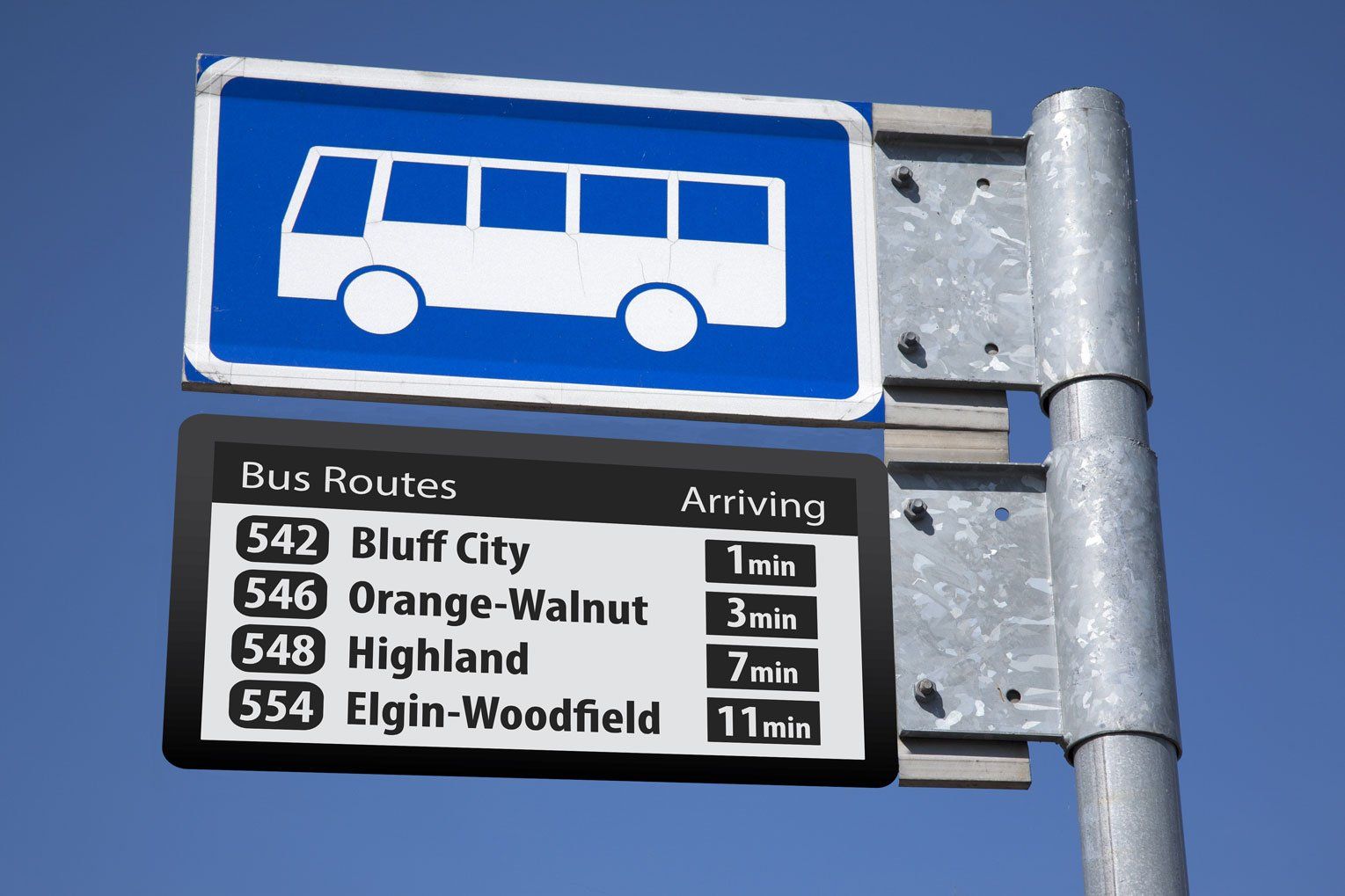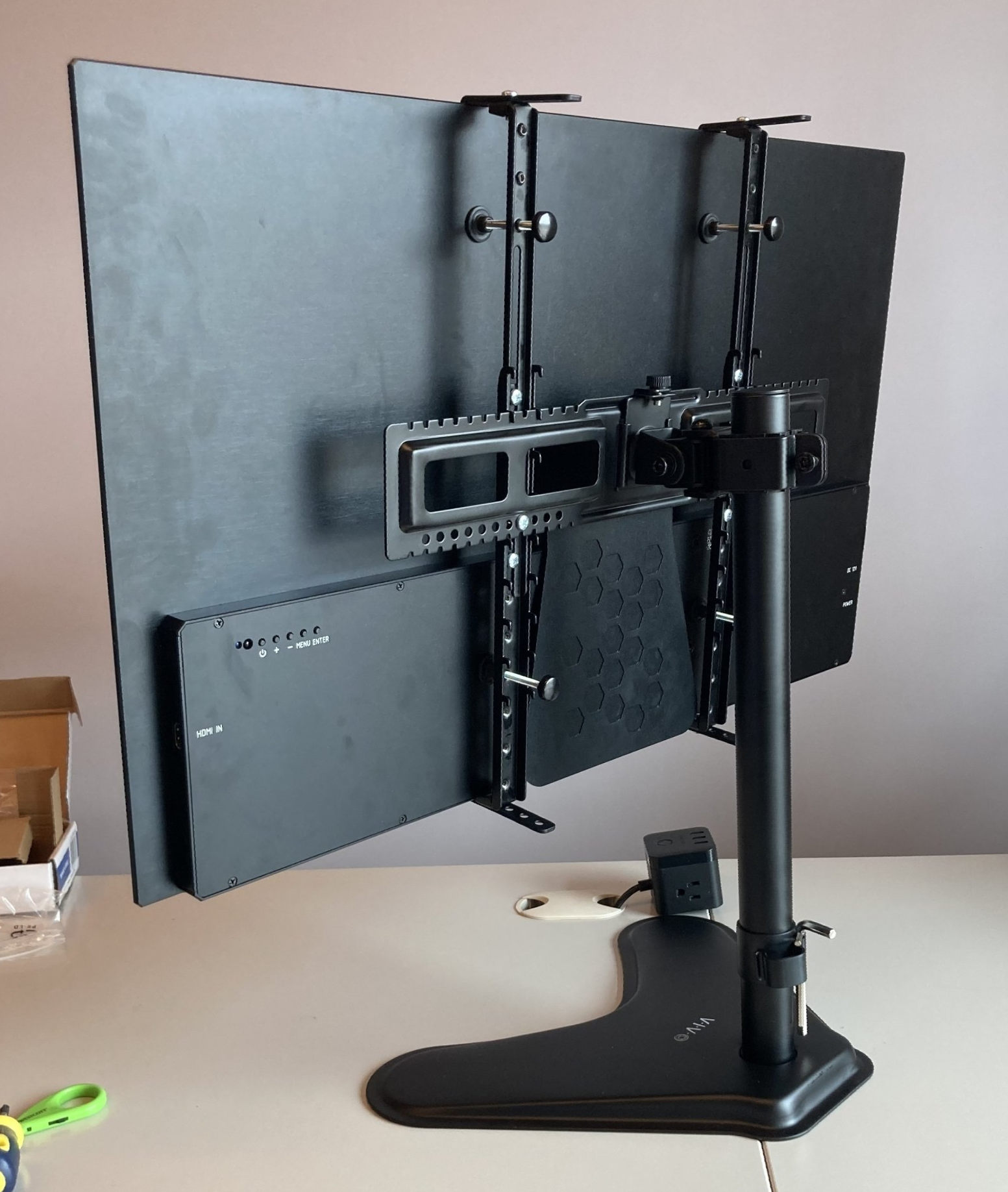What are the Different Types of Commercial Digital Signage?
New ways to attract, convert, and process potential customers develop every day and if you want to stay relevant in today’s competitive market, you need to be dynamic with your marketing efforts. Commercial digital signage offers a unique opportunity to impact your audience. It’s fluid in nature, allowing you to change your display throughout the day, and has been proven to attract more attention from those walking or driving by. Digital signage has limitless possibilities and can help you improve your business through insightful analytics in more ways than one. However, finding the right type of digital signage for your business needs isn’t as straightforward as you’d think. There are a few different types of signage options on the market, each with unique features. To help you choose which option is best for you, we’re here to answer a common question: what are the different types of commercial digital signage?
What is Commercial Digital Signage?
Choosing Between Consumer and Commercial Digital Signage
"Commercial digital signage is different from consumer displays in that they are designed for business use, have more in-depth connectivity, are more reliable over time, and often come with post-sales support. "
If you need digital signage for your business, the choice is fairly clear. Commercial digital signage offers more benefits than a consumer TV display. They’re made using minimal design features so they can seamlessly blend into the environment yet have the durability to run non-stop for long periods of time without burnout. Digital signage for commercial businesses also utilizes technology to improve readability under all conditions—especially when outside in direct sunlight. They have built-in media players, improved connectivity, and features that can be controlled without a remote.
Consumer displays, on the other hand, are essentially your standard family room TV. They’re meant to be used intermittingly as entertainment, not continuously for advertisement. To further your business’ marketing goals, commercial digital signage is a better option. However, there isn’t just one type of digital signage for commercial use, so it’s important to understand the differences to make the best choice for your business.
Different Types of Commercial Digital Signage
If you’re considering getting digital signage for your commercial business, you’ll want to research your options before making a purchase. While the different types of signage all use good technology, the application in which you’ll use them matters. Since they’re a larger upfront investment, choosing the right type of signage will help you avoid wasting money. Here are the primary types of commercial digital signage.
1. Commercial LED Digital Signage
Commercial LED digital signage uses a network of LED lights or "pixels" that, when viewed together, produce an image. The saturation of pixels in the display, also referred to as pixel pitch, influences the image resolution and clarity. Commercial LED displays can be made into different shapes using an interconnected network of panels. They can be constructed together for large-scale video since they aren’t limited by bezel lines, which create visible breaks in your image across screens. This provides a certain degree of flexibility as they can be wrapped around objects, curved, and configured into any size or shape. Some of the common challenges of LED digital signage include low resolution, high energy consumption, and light pollution.
2. Commercial LCD Digital Signage
LCD stands for "liquid crystal display". LCDs are made of multiple layers which work together to produce an image. The base layer is comprised of the lighting technology, and the LCD cell sits atop. The LCD cell is made up of three layers: a bottom plate, liquid crystal, and a top plate. An additional layer of strengthened glass is added to provide protection and anti-glare/anti-reflective qualities. There are two primary types of commercial LCD signage: high-brightness LCDs and reflective LCDs. The primary difference between the two is within their lighting technology.
High-Brightness LCDs
Conventional LCDs are great for use indoors or in low-light environments, but become difficult to read when placed outdoors, especially in direct sunlight. To achieve sunlight readability, LCDs can be built using high-brightness backlights. This method provides good sunlight visibility, but causes some other challenges. High-brightness backlights require a lot of power (and cost) to operate. They also produce heat, which must be combatted with temperature control systems to prevent burnout. These temperature control systems increase the bulkiness of the display, making them less convenient for certain locations.
Reflective Color LCDs
Reflective color LCDs provide the same stunning imagery as other types of LCDs, but they utilize reflection to illuminate the display rather than a backlight. When ambient light passes through the LCD cell from the front, it’s reflected back to the viewer by the mirror-like layer and subsequent technology. This is incredibly beneficial in outdoor settings with lots of sunlight. The brighter the sun shines on the display, the brighter the display image gets. Furthermore, the absence of a backlight helps to drastically reduce power usage - less than 5 watts to be exact! In fact, Sun Vision Display's 32" reflective color LCD signs operate on 95% less power than similarly-sized high-brightness LCDs or LED signs. Other benefits of reflective color LCDs include reduced blue light radiation, low heat production, portability, and battery-operability.
Though reflective LCD technology has been around for several years, it has only recently become available in large enough sizes useful for digital advertising applications through brands like Sun Vision Display. If you’re interested in adding commercial digital signage to your outdoor marketing efforts, especially for areas with high sun exposure,
contact Sun Vision Display to learn more.
3. Electronic Paper Displays
Another low-power, sunlight readable solution are electronic paper displays, also referred to as e-paper or electrophoretic displays. Epaper signage utilizes a bistable, reflective LCD technology that creates a black and white image that appears similar to ink on paper. They only require power to change the image, making them an excellent low-power solution for sunlight visibility There are a number of types of epaper display technologies including E-Ink, ZBD LCDs, and more. Not all of them are available in large-format sizes suitable for advertising. And, they can't produce the full spectrum of colors like other LCD technologies. But they are a great solution for many applications.
There are so many benefits to using commercial digital signage. While the initial upfront costs are going to be higher than traditional advertising methods, your return on investment is much higher. When choosing your signage, make sure that you weigh your options and find the best display for your needs. If you have any questions or would like to discuss options for your business, contact the professionals at Sun Vision Display.














